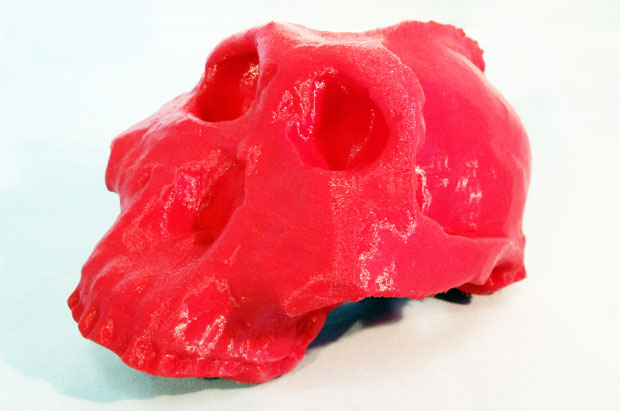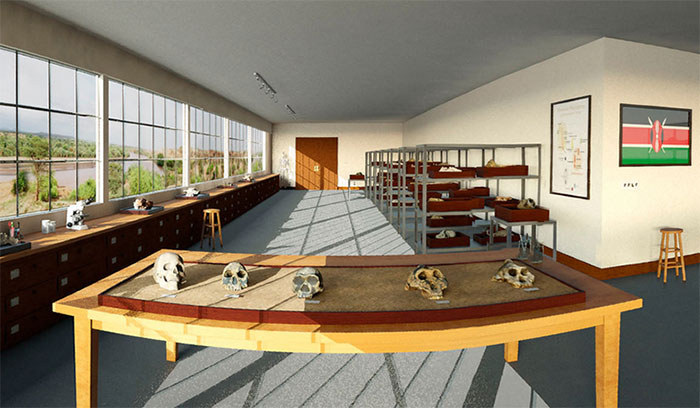A fossilized skull is probably not the most complicated object one could print out on a 3D printer. There are no moving parts. No complicated assembly required. You probably wouldn’t even need very many support structures. But being able to print out a copy of a 1.75 million year old fossil will allow you to hold a piece of our distant past in the palm of your hand.

You will never be able to touch that fossil in real life. You can read about it, see photographs, and even listen to lectures about why it was such an important archeological discovery. But you will never hold it in your hand. Humans are very tactile creatures, and for most of us being able to touch something just makes it far more real to us. But realistically you will simply never touch OH 5. Not only due to its rarity and that it’s too fragile to be handled very often, but also because of geography. Of course, if we were able to duplicate it then you may be able to come a lot closer to holding it than you could have ever imagined. Which is of course where AfricanFossils.org comes in.
I often refer to myself as an amateur futurist, usually with a touch of humour, because I do very much enjoy the concept of studying the future. I first learned the term when a history teacher — whose name I’ve embarrassingly forgotten (it started with a K, I think… or maybe an L ….) — referred to himself as one. One of the livelier students in class asked what a history teacher with rocks and bones on his shelves knew about the future when he had previously admitted that he didn’t even have cable TV. Despite not being an especially adept or a particularly favoured student of his, the obviously well-used response has stuck with me ever since.
“You can never really know where you’re going until you know exactly where you’ve been.”
Someone who looks to the future needs to look to the past. If we are going to be successful going forward, then at the very least we should have a passing familiarity with any previous successes or failures. That’s why we seek out fossils. Certainly simple curiosity plays a role, but sifting through mother nature’s failures can help us not just better understand her successes but better understand how to keep them successful.
Clearly with this in mind, Mary and Louis’ daughter Louise Leakey teamed up with Autodesk to preserve the stunning collection of fossils discovered by her parents in the Turkana Basin by 3D scanning them. Together they launched a virtual lab that showcases dozens of high quality 3D scans of the fossils that can be rendered and viewed online, or downloaded and 3D printed, either as an STL file or 2D vector files that can be laser cut or routed and then assembled.
The same teacher I mentioned above would also often say that there is more unknown history than there is known history. I don’t know if these were his own thoughts or simply lifted from a previous influential source as I’m doing here, but as smart as we like to think we are we should try to remember that we still know —comparatively — very little about where we come from. If all of history were condensed into a day, what we know wouldn’t even register as a nanosecond. Printing out your own copy of the oldest hominid fossil ever discovered may not change how you view the world, but its very existence can only change the way that you view the past.
Source: Makezine.com





